13 Funny Things About The 1960s We All Experienced
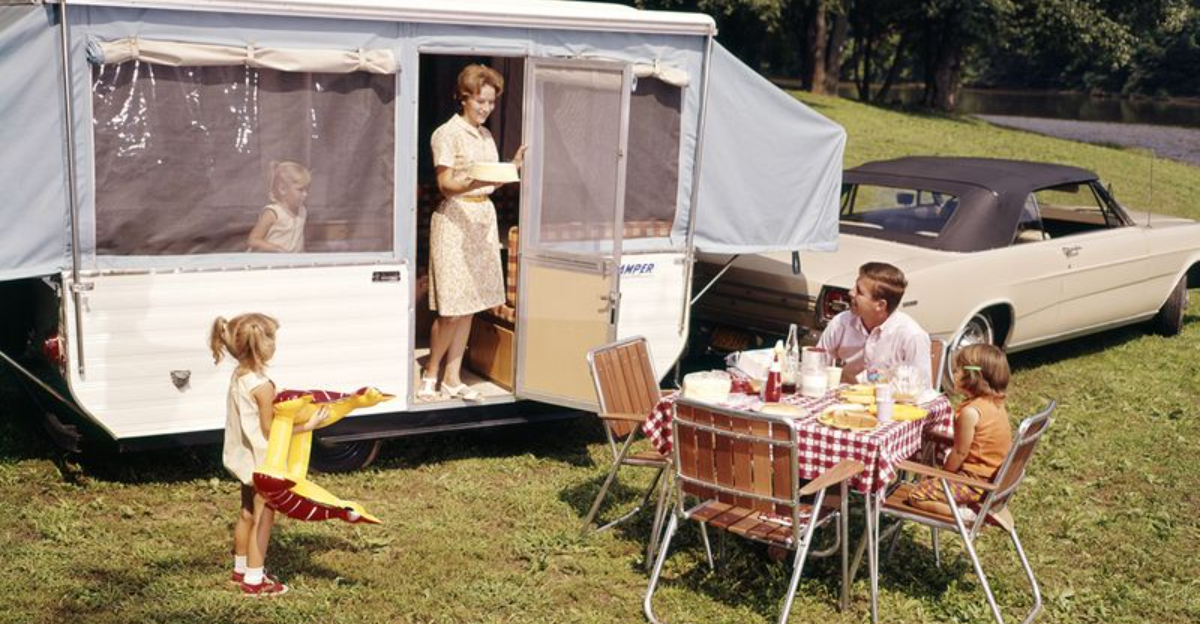
Ah, the 1960s—a time of groovy tunes, psychedelic fashion, and some truly unforgettable (and often hilarious) trends.
This was the decade where hairspray was practically a survival tool, Jell-O molds contained everything from shrimp to marshmallows, and men strutted around in boldly patterned bell-bottoms without a second thought.
It was a time when TV dinners felt futuristic, everyone seemed to have at least one avocado-colored appliance, and saying “far out” was a legitimate way to express enthusiasm.
Whether you lived through it or just love the retro vibes, the ‘60s were undeniably one-of-a-kind. So, let’s take a lighthearted trip down memory lane and revisit 15 funny, quirky, and sometimes head-scratching things that defined this colorful decade.
Get ready to laugh, cringe, and maybe even feel a twinge of nostalgia for a time when lava lamps were cool, and no outfit was complete without a pair of go-go boots!
1. The Hair Was So Tall It Needed Its Own ZIP Code
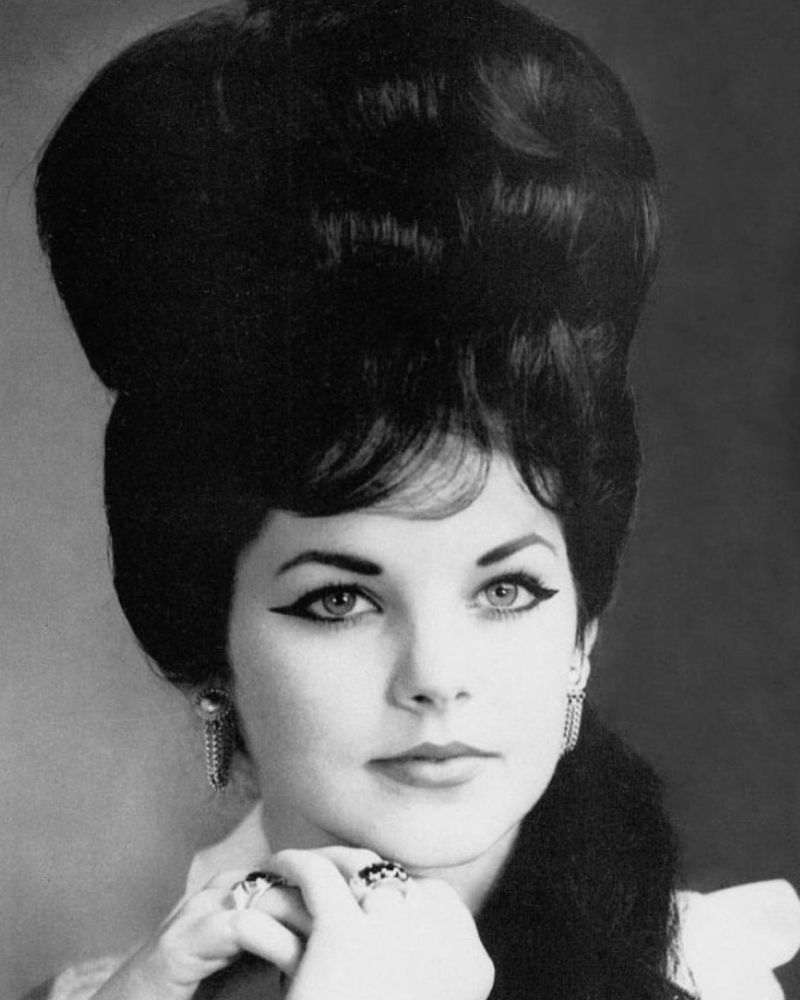
Big hair, don’t care—until you tried to get into a car without smashing your bouffant into oblivion.
You had to use a full can of hairspray just to keep your beehive intact, which probably made you a walking fire hazard. The bouffant was more than a statement – it was an architectural feat.
Ladies would spend hours teasing and spraying their locks to perfection, often resulting in hair that seemed to defy gravity. The challenge was maintaining the height while dodging doorways. Yet, the effort was worth it for that glamorous look.
2. Seatbelts Were… Optional (AKA Nonexistent)
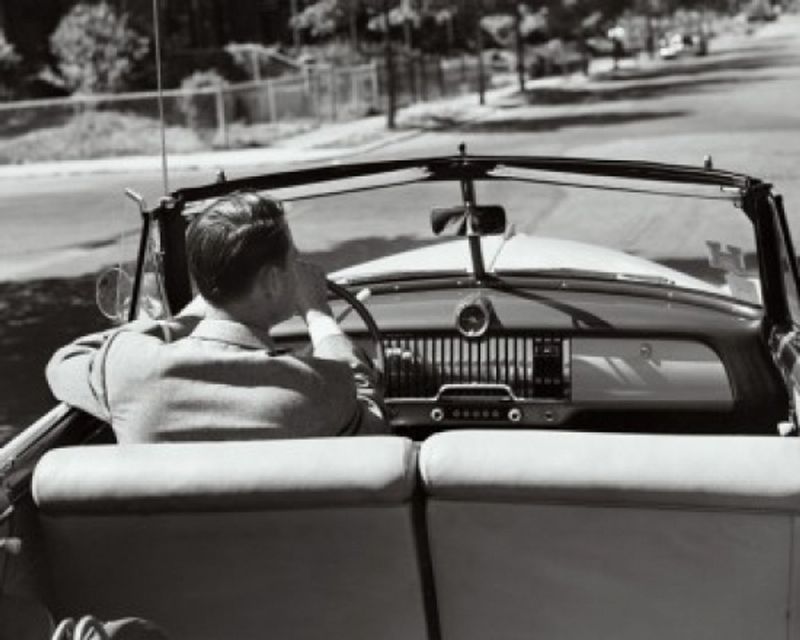
Safety in the ‘60s? Who needed that?! Kids bounced around in the back seat like pinballs, and the front seat was basically a couch with a steering wheel.
If you slammed the brakes too hard, you became the airbag. Cars were more like moving living rooms, where comfort took precedence over modern safety standards.
Children enjoyed the freedom of roaming the back seats, turning every ride into an adventure. Parents, meanwhile, drove with a sense of carefree abandon, trusting in luck and light traffic to keep everyone safe.
3. The TV Remote Was Your Little Brother
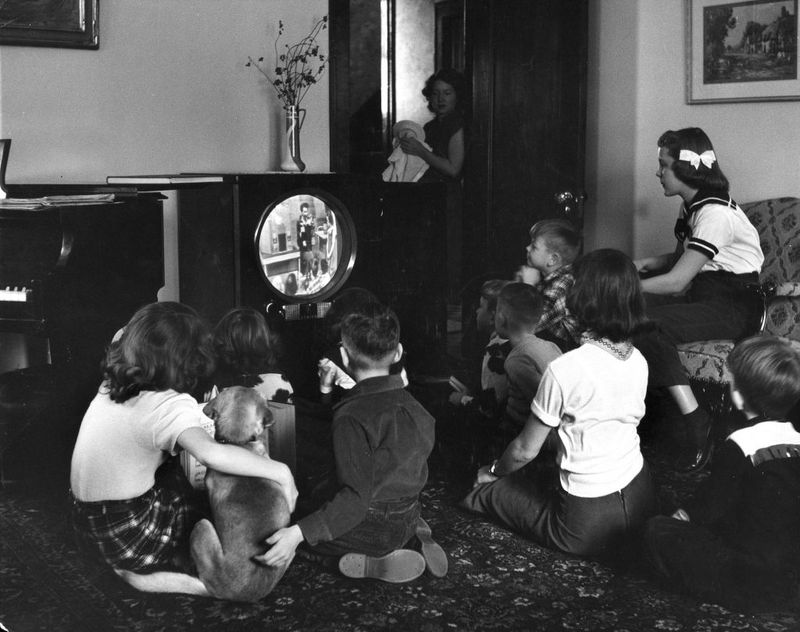
Didn’t like what was on TV? Too bad, because you had to physically get up and turn the dial.
Or, if you were smart, you had a younger sibling who could be bribed with a cookie to do it for you. Television watching was a communal activity with limited channel options. The absence of a remote control meant channel surfing was a physically engaging task.
Families often negotiated turns, making the youngest member the designated “remote.” Despite the inconvenience, it added a layer of interactivity to TV time that today’s couch potatoes might miss.
4. Cigarettes Were Everywhere—Even in Hospitals
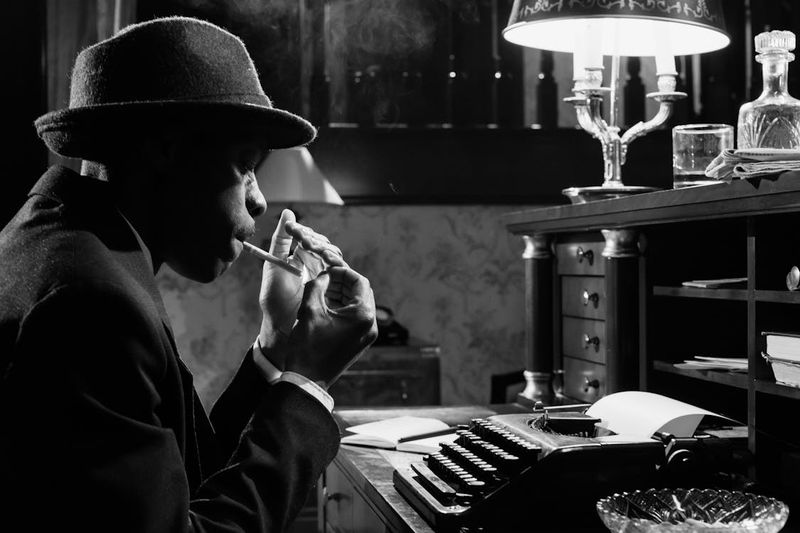
Your doctor could be diagnosing your bronchitis while casually puffing away on a cigarette.
Your parents smoked in the car with the windows rolled up. And restaurants? They had smoking sections, as if the smoke knew how to stay in its lane.
Cigarettes were so ingrained in everyday life that their presence was almost unnoticeable. The era’s casual attitude towards smoking is mind-boggling today, but back then, it was as routine as a cup of coffee. Public spaces were filled with a haze that many just accepted as the norm.
5. Phones Were Attached to the Wall (And Had a Cord for Miles)
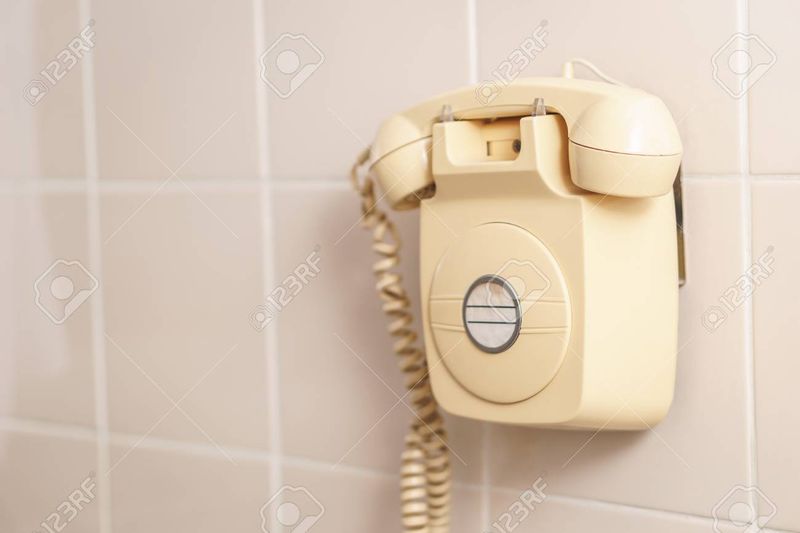
If you needed to walk around while talking, you had two options: stretch the cord across the house like a spiderweb or just sit there like a prisoner.
And let’s not forget the pure suspense of dialing a long phone number on a rotary phone—one wrong number and you had to start all over again. The phone’s stationary nature meant conversations often became a family affair, with everyone within earshot.
Long cords provided some mobility, but tangling was inevitable. These phones taught patience and precision, skills that many find lacking in today’s touch-screen society.
6. No One Knew What SPF Was
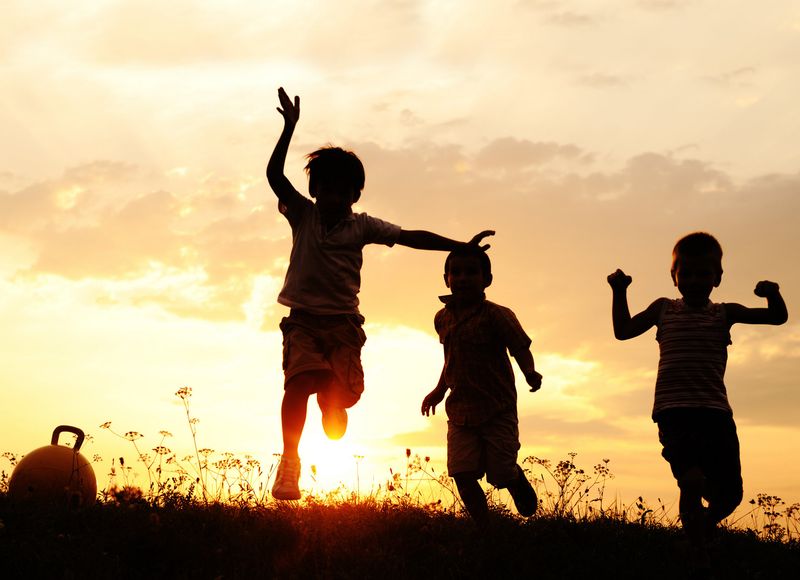
Sunscreen? Nah. We slathered ourselves in baby oil and baked under the sun like rotisserie chickens.
Bonus points if you had a homemade foil sun reflector—because nothing says healthy skin like a second-degree burn. Tanning was a relentless pursuit, driven by the desire for a golden glow. The lack of awareness about sun damage left many with painful sunburns.
Yet, the resilience of youth meant most shrugged off the discomfort. The beach was a place of both relaxation and competition, as everyone vied for the ultimate tan, armed with little more than oil and optimism.
7. Milk Was Delivered to Your Doorstep Like Magic
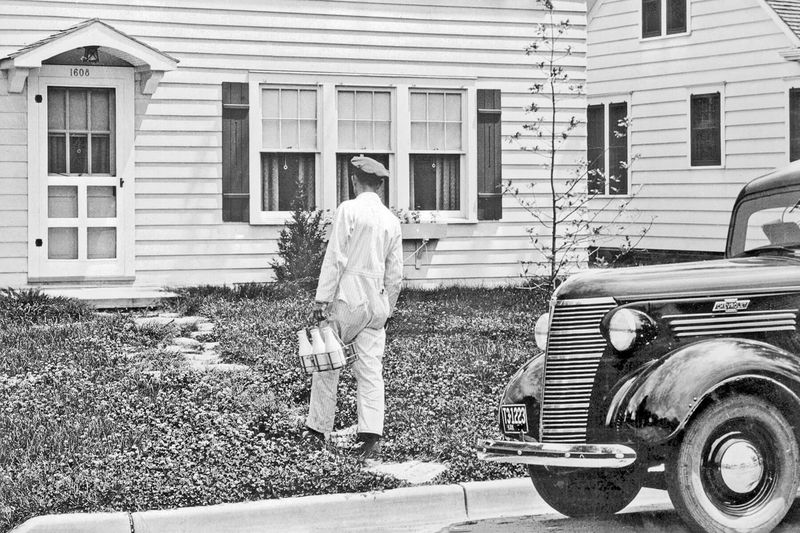
You’d wake up, open the door, and bam—fresh milk in glass bottles, like Santa came early.
And if you didn’t bring it in fast enough, it would explode in the summer heat. Milk delivery was a charming routine that brought a sense of community and reliability. The clinking of bottles was a comforting sound in the morning, signaling the start of a new day.
For children, the milkman’s visit was as anticipated as a postman’s, offering a brief glimpse into the world of work. Despite the occasional mishap, it was a system many fondly recall.
8. Jell-O Was a Food Group (And It Contained Everything)
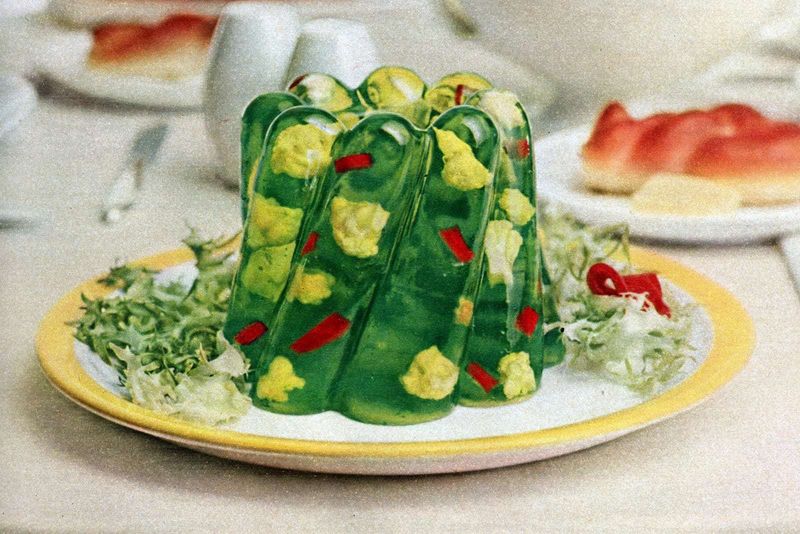
Someone in the ‘60s thought it was a great idea to suspend meats, vegetables, and seafood inside Jell-O molds. Tuna Jell-O? Lime Jell-O with carrots? Who hurt you, 1960s chefs?!
Jell-O was an unexpected canvas for culinary creativity, resulting in dishes that could baffle modern taste buds. The vibrant colors and wobbly textures made it a centerpiece at many gatherings.
These molds were both a feast for the eyes and a daring culinary experiment. While the combinations might seem odd today, they were a staple of the decade’s adventurous spirit in the kitchen.
9. The Beatles Were More Important Than Oxygen
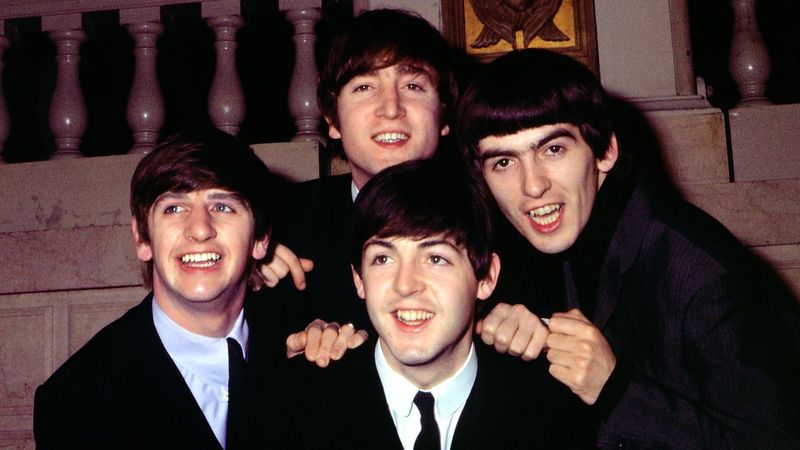
If you weren’t screaming, fainting, or wallpapering your room with Beatles posters, were you even alive in the ‘60s?
The moment they appeared on Ed Sullivan, life as we knew it changed forever. The Beatles weren’t just a band – they were a phenomenon that defined a generation. Their music transcended boundaries, creating a frenzy that swept across continents.
Fans devotedly followed their every move, turning concerts into wild spectacles. For many, the Beatles represented freedom and change, making them an integral part of the cultural landscape. Their impact is still celebrated, echoing through generations.
10. Kids Drank From the Garden Hose Like It Was Fine Wine
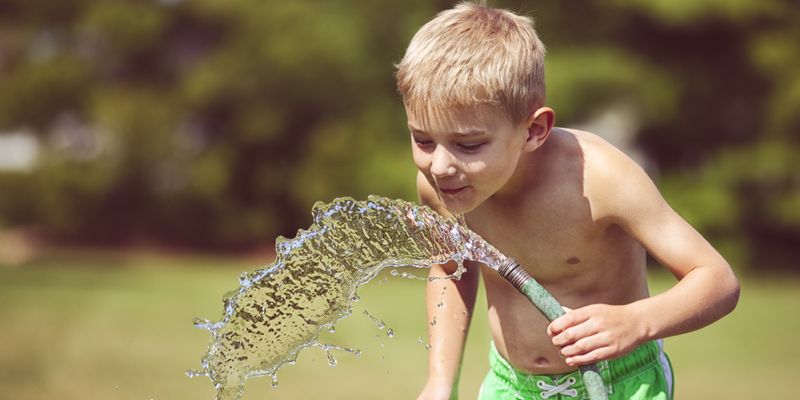
Dehydrated after a long day of playing outside? Forget bottled water—just turn on the garden hose and chug.
The water tasted like rubber and metal, but we all survived. This act was a rite of passage, a testament to the unfiltered joy of childhood.
Playing outside until dusk, kids paid little attention to the quality of their hydration source. The garden hose, with its peculiar flavor, was a shared experience that bonded friends. In an era before modern hydration concerns, it symbolized the carefree ethos of the decade, where fun outweighed health worries.
11. Everyone Knew One Person Who Had a Lava Lamp and Thought They Were So Cool
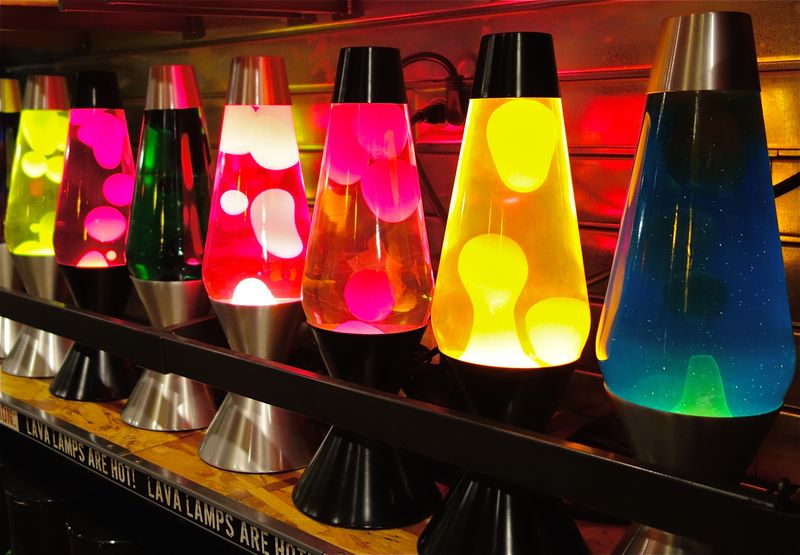
These mesmerizing blobs of goo floating in a bottle were the ultimate hip accessory.
But if you shook one too much? Game over. You had a cloudy mess instead of psychedelic relaxation vibes. Lava lamps were more than decor; they were a statement of personality and style. Their hypnotic motion captivated many, serving as a backdrop to introspective moments or lively conversations.
Owning one elevated your coolness factor among peers, making it a coveted possession. Despite their delicate nature, the appeal of lava lamps endures, symbolizing the laid-back, exploratory spirit of the era.
12. The TV Shut Down at Night—Literally
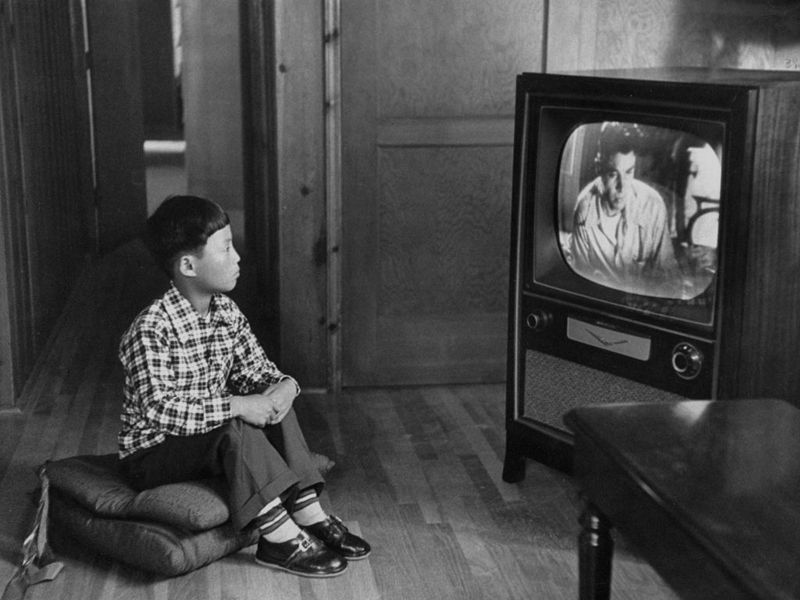
Around midnight, TV stations just gave up. The national anthem played, the screen turned to static, and that was your official cue to go to bed, because entertainment was over.
Television wasn’t the 24/7 entity it is today – it had a bedtime, dictating the rhythm of nightly routines. Families gathered to watch their favorite shows, knowing that once programming ceased, so did the day’s activities.
This signaled a return to other pursuits, like reading or conversation, fostering a balance that modern screens often erode. The simplicity of the sign-off is a quaint memory.
13. The Family Road Trip Was a Torture Chamber on Wheels
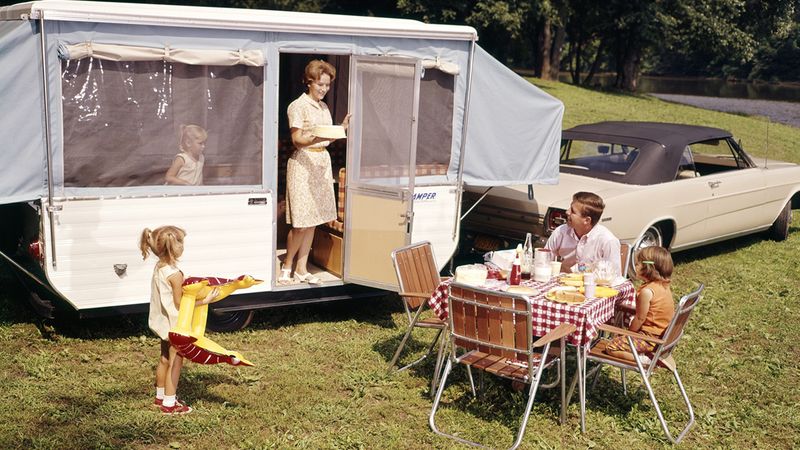
No AC, no seatbelts, and one AM radio station. You were crammed between your siblings, and if you dared to ask “Are we there yet?” more than twice, you risked getting left at a gas station.
Road trips were an exercise in patience and resourcefulness. Families traveled long distances in cramped conditions, making every rest stop a mini-vacation. The lack of modern conveniences meant creative entertainment and sibling bonding—or rivalry.
Despite the discomfort, these journeys are fondly remembered for the stories they generated, becoming cherished tales retold at family gatherings.
